* (restored/expanded)
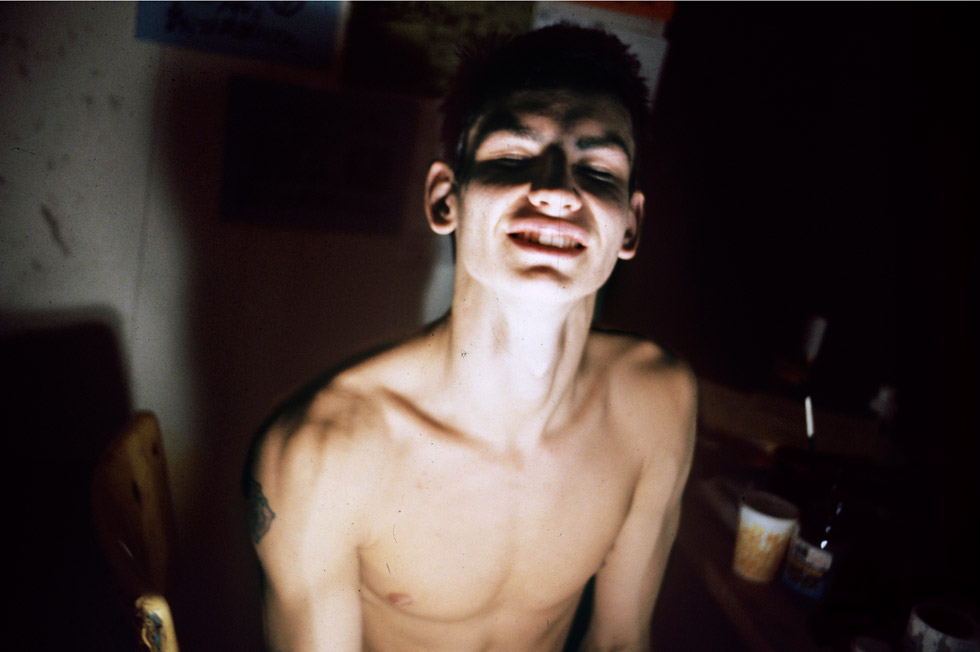
‘I, Mark Morrisroe pledge to coldly use and manipulate everyone who can help my career. No matter how much I hate them I will pretend that I love them. I will fuck anyone who can help me no matter how aesthetically unpleasing they are to me.’ — Mark Morrisroe, 1985
‘Mark Morrisroe was an outlaw on every front—sexually, socially, and artistically. He was marked by his dramatic and violent adolescence as a teenage prostitute with a deep distrust and a fierce sense of his uniqueness. I met him in Art School in 1977; he left shit in my mailbox as a gesture of friendship. Limping wildly down the halls in his torn t-shirts, calling himself Mark Dirt, he was Boston’s first punk. He developed into a photographer with a completely distinctive artistic vision and signature. Both his pictures of his lovers, close friends, and objects of desire, and his touching still-lifes of rooms, dead flowers, and dream images stand as timeless fragments of his life, resonating with sexual longing, loneliness, and loss.’ — Nan Goldin
‘Mark Morrisroe’s biography bears the tenor of a tragic, love- and fame-driven star doomed to fizzle too soon for the likes of those standing awed and breathless beneath it. A teenage hustler and a prostitute, he spent the second half of his years with a bullet in his back, flirting with his spine. Dauntless, he made it to the School of the Museum of Fine Arts in Boston. He palled around with Nan Goldin and David Armstrong, and eventually moved to New York, in the mid-1980s, where he pursued a brief yet scintillating career as a photographer and an artist. He died of AIDS-related illness in 1989, at age 30.’ — Matt McCann
‘I never met the notorious Mark Morrisroe, but I must have seen every one of his shows, beginning in the mid-’80s, at Pat Hearn’s now mythic galleries in New York’s East Village. In ’85, it was a works-on-paper group show at her slick Avenue B storefront, featuring Morrisroe, Donald Baechler, George Condo, Philip Taaffe and others. In ’86, it was a solo at her imposing 9th Street space (between avenues C and D), where she presented a full range of Morrisroe’s photography: “sandwich” prints (as he called them) in big dark frames, small prints from Polaroid negatives, and “early darkroom experiments” using found materials—from gay porn magazines and such—printed in negative.
‘Morrisroe’s work became better known after his death, as Hearn, his devoted old friend from Boston, staged a series of memorial shows, in 1994, ’96 and ’99. Hearn, who inherited his estate and more than anyone else shaped, curated and pushed his work, also died young, at 45, in 2000; and, like that of so many artists whose lives and careers were cut tragically short by AIDS, Morrisroe’s work was put in considerable risk. When Pat’s husband, the maverick dealer Colin de Land—who had been trying to place the estate—died at 47 in 2003, it seemed like the two dealers’ engaged and unorthodox way of working was going to disappear.
‘Role-playing and gender-bending youths — artists and others — populate Morrisroe’s photographs: 20-somethings getting naked, donning high heels and wigs, trying on identities. This is the culturally specific world of Boston in the late ’70s and early ’80s, when high punk ruled and Morrisroe and his friends from the School of the Museum of Fine Arts (where he got a scholarship) were cutting up, living on the edge and documenting each other’s every move. Among them were Hearn, Nan Goldin, David Armstrong, Philip-Lorca diCorcia, and Doug and Mike Starn, who with Morrisroe and others were dubbed the “Boston School” of photography in a show at the city’s Institute of Contemporary Art in 1995.
‘Morrisroe, by all reports, was the most out-there and diabolically ambitious of them all. “If Mark didn’t have art he would have been a serial killer,” remarked his friend Pia Howard, one of many choice quotes printed large on the wall at the entrance to the Winterthur show. Indeed, as we read in Gruber’s biographical essay, Morrisroe’s mother was a severely depressed alcoholic, and his father was absent. The artist often claimed that his father was Albert De Salvo, the Boston Strangler (who was in fact his mother’s landlord and lived nearby). As a precocious teenager who changed high schools and left home early, Morrisroe styled himself “Mark Dirt” and worked as a hustler in order to raise enough money to get his own apartment; he also found time to graduate from high school. At the age of 17, he was shot in the spine by one of hisclients; after several weeks in the hospital, he willed himself to walk again, though with a noticeable limp.’ — Brooks Adams
‘It kills me to look at my old photographs of myself and my friends. We were such beautiful, sexy kids but we always felt bad because we thought we were ugly at the time. It was because we were such outcasts in high school and so unpopular. We believed what other people said. If any one of us could have seen how attractive we really were we might have made something better of our lives.’ — Mark Morrisroe, 1988
_______
Manifesto
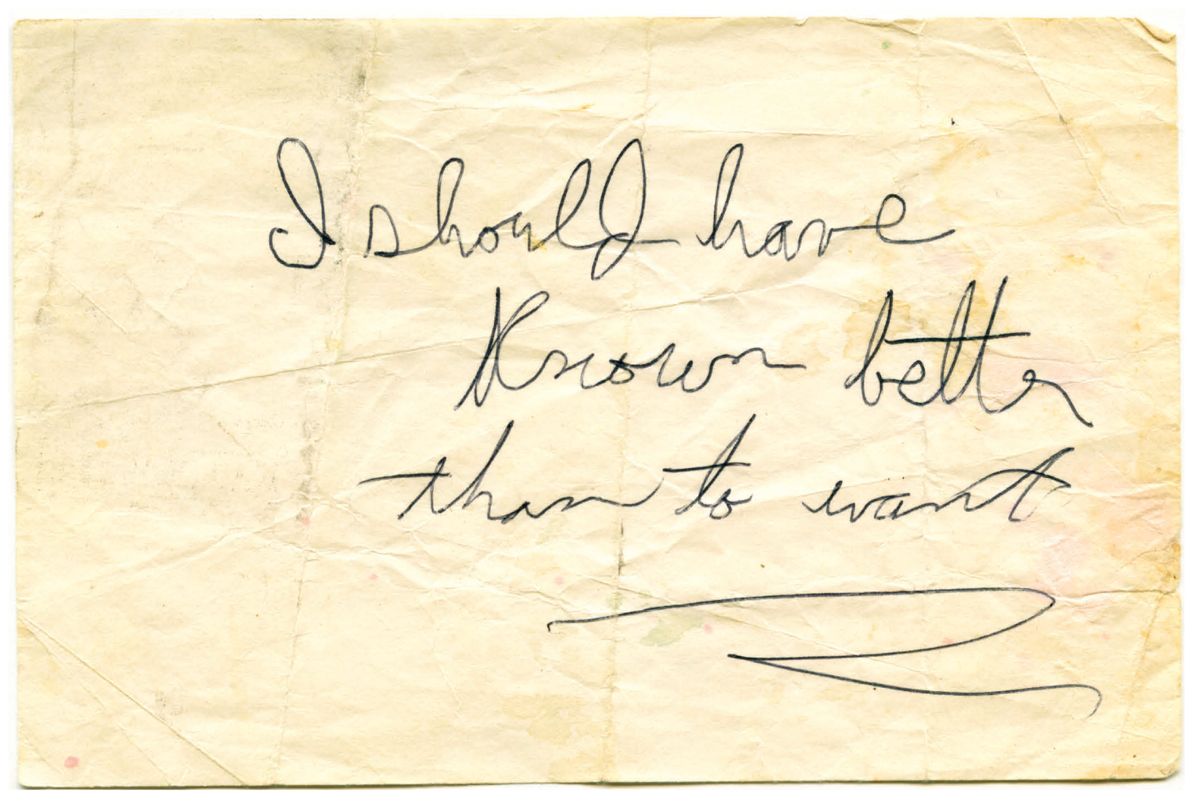
_________
Video works
‘Between 1981 and 1984, Mark Morrisroe made three films on Super-8 sound—underground home movies filled with thrift-store costumes, cheapo gore, trashy dialog, and gratuitous nudity, starring himself and his friends as performers. The Laziest Girl in Town features the transvestite antics of Morrisroe, Stephen Tashjian (Tabboo!), and Jack Pierson, culminating in an obscene sequence reminiscent of John Waters’ Pink Flamingos. The trio continued two years later with Hello from Bertha, loosely based on a one-act drama by Tennessee Williams about a prostitute dying in a fleabag bordello, played out in a Boston bedroom with spotty Southern accents and loose wigs. Morrisroe’s longest film, Nymph-O-Maniac, tells the story of a portly phone sex operator and her insatiable girlfriends, one of whom comes to a grisly end at the hands of two sadistic young toughs. Considered together, these works illuminate the social milieu of Morrisroe’s early life as an artist, but also locate the development of his creative sensibilities at the historical juncture of camp and punk.’ — Artists Space
Excerpt from “Hello from Bertha”
Excerpt from “Nymph-O-Maniac”
Excerpt from “The Laziest Girl in Town”
__
Dirt

‘You hear what we hear’ – the thoughtful, reassuring motto that opens the inaugural issue of Dirt, a photocopied fanzine that ‘dares to print the truth’ – is a good metaphor for the bare-all philosophy of Mark Morrisroe’s work. The tongue-in-cheek irony (‘Advertise in the magazine everybody reads’), fake news reports, irreverent hearsay, celebrity clippings, blind-item gossip and guest editorials that grace Dirt’s cut-and-pasted pages live up to its guiding principle to keep its readership informed. Co-edited by Morrisroe together with Lynelle White from 1975–6, and titled after the name its primary writer used when he hustled – Mark Dirt – the indelicately collaged pages of alternately typed and hand-written ‘exclusives’ express an individual aesthetic which was driven by editors happy to exploit their readers; generous submissions of personal photos were strongly encouraged, for example (‘nude ones especially welcome’), while entreaties to divulge any unconfirmed gossip (‘Slander your friends!’) were every issue’s back page. Dirt was a small, short-lived, but confidently written operation. Like his later output, which includes thousands of gum prints, silkscreens, Polaroids (often either of himself or of young friends unclothed or in drag), it served as a modest means for a young Morrisroe, then aged 17, to gain attention from the world around him.’ — Frieze
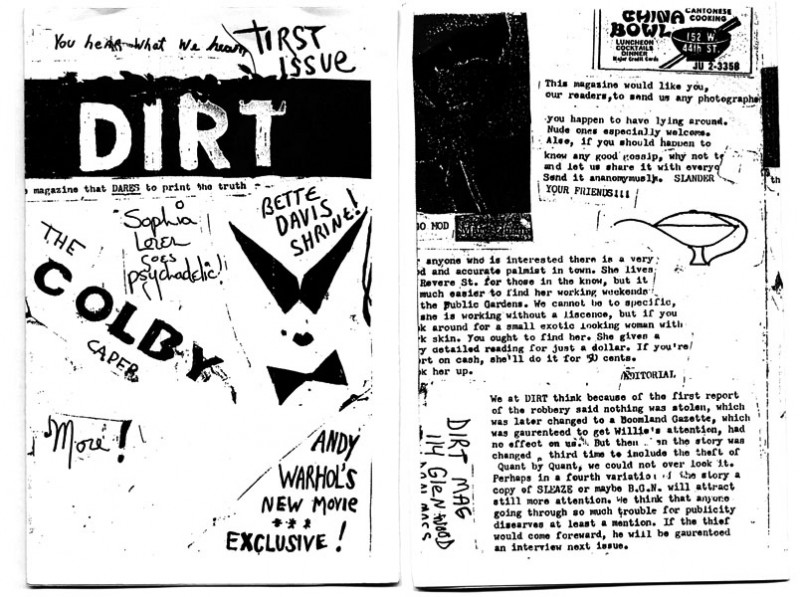


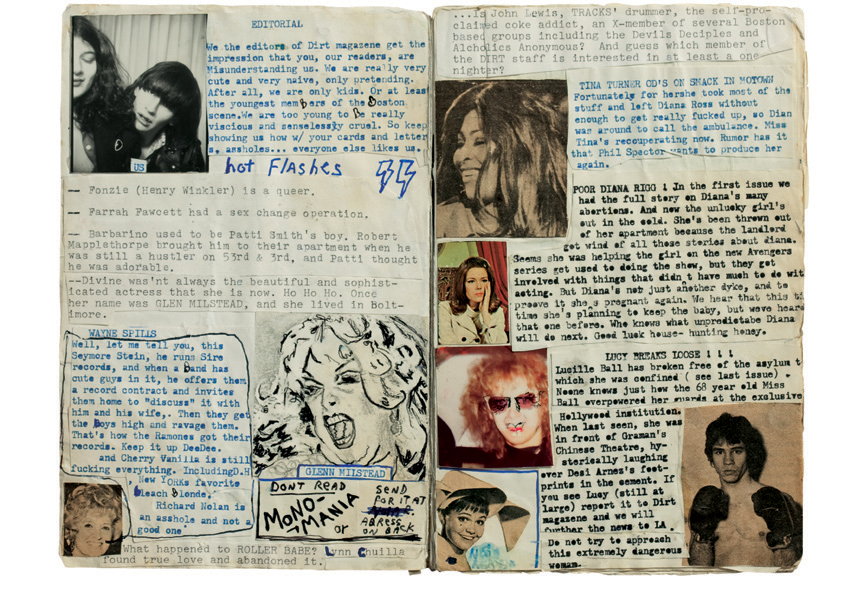
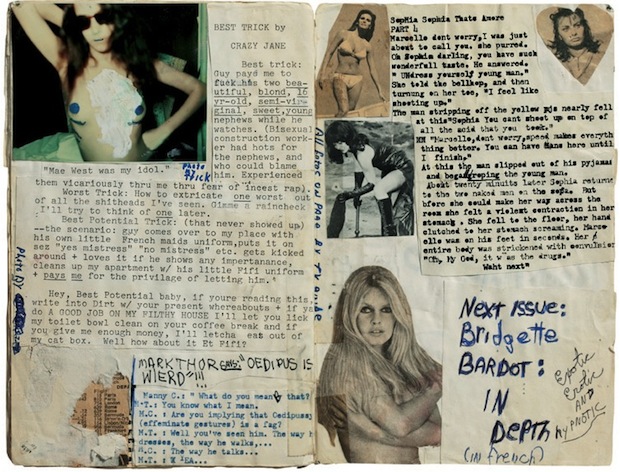
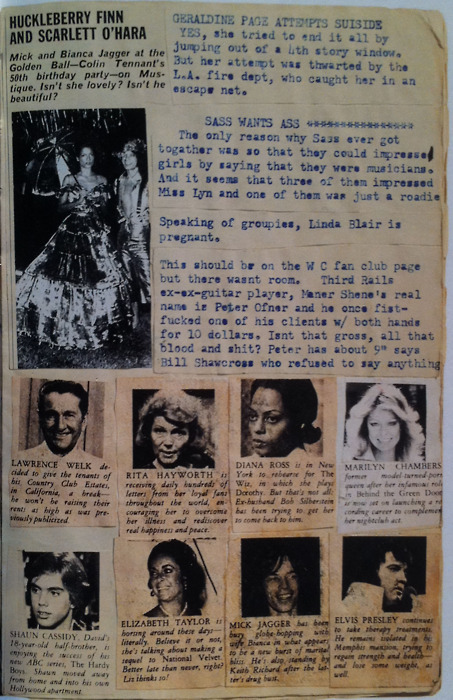

_______
Ephemera
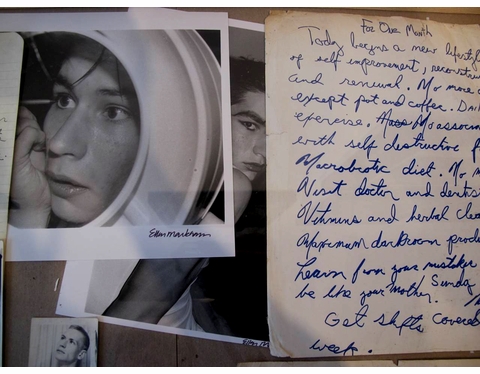
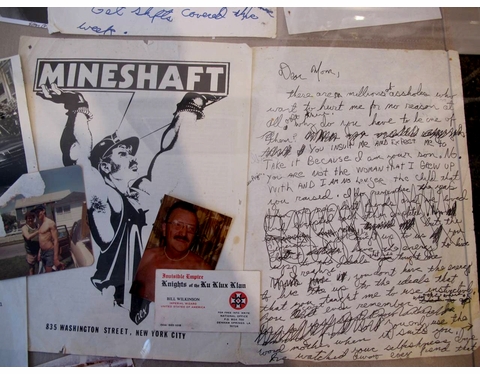

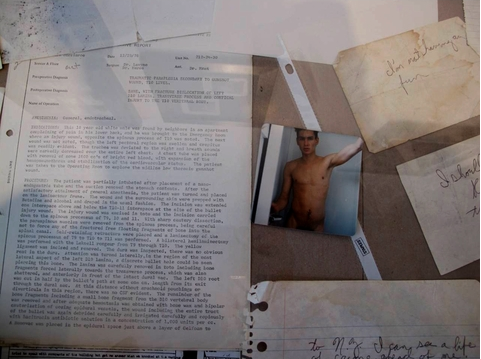
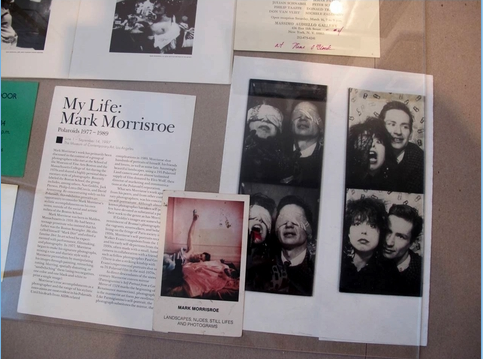
_______
2 lectures
José Esteban Muñoz ‘Mark Morrisroe: Neo-Romantic Iconography and the Performance of Self’
Collier Schorr ‘Mark Morrisroe: Photographic Process and Psychic Structure’
______
SOMEtimes I Think I’D raTher BE a MOVIE STAR thanN AN ARTist
by Jack Pierson
I COULDN’T FIGURE OUT how to edit Mark’s work down to just a few pages. Even at this point it seems so vast & ongoing. So in order to tell this story I decided to show you some of the pictures he took of me while we were boyfriends in. Boston, “Brilliant move, darling.” I can hear him snarl. “A story about me, featuring only pictures of you, taken ten years ago.” Not that I think. I look so great. We were both strung out, skinny little fags hoping to make it big between getting drunk, shoplifting at Goodwill and listening to Connie Francis records. Actually the money was always Mark. Even in, my mind. I started reading Prick Up Your Ears at one point and had to put it down in panic because I was identifying so strongly w/ the boyfriend’s story. The muse, the fuse, standing in the shadows of Love. I was a wreck and Mark seemed like he’d be the next Warhol if we could just get to New York.
We met at a cafe called C’est si Bon where he was a dishwasher and I was a dilettante. It was my first year of art school and his last. After he died I read one of his notebooks: he describes me as a corn fed redhead fresh off the farm, whose only ambition was to be considered cool. Sort of true. I thought it was enough to worship PATTI SMITH and have spiky hair. I wanted to be a filmmaker or design theatre posters, or direct Pinter, I wanted color Xerox to be my only medium one day and to only do “performance art” the next. I was all over the place and no place and ripe for picking. It made me angry to think he knew it though. I always thought of him & me as Ratso Rizzo & Joe Buck and I guess that pissed him off some too. Did I tell you he’s a gimp? Yeah. Real bad too. After five years though I learned to stagger along w/ him so I could keep the pace and maybe catch him by the scruff of his neck when he started to fall. He got shot in the back when he was still a kid.
I’d turn tricks on the street for dope— ’till no one would pay me anymore . . .
—Eartha Kitt in Synanon
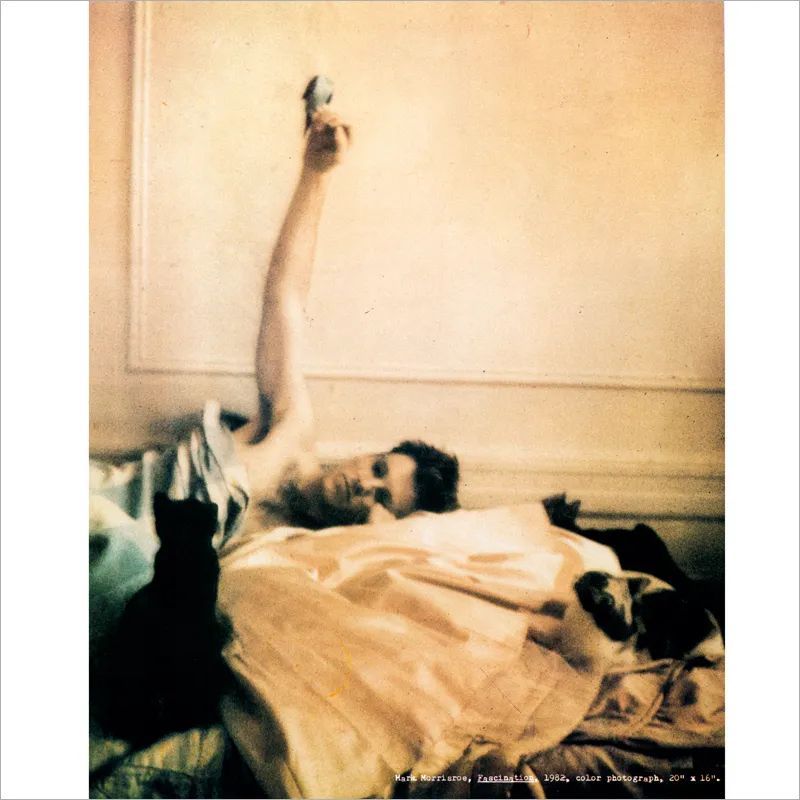
He told me the guy just didn’t want to pay that’s why the guy shot him. He told WILLIE ALEXANDER he was turning the trick in drag and when the guy realized Mark wasn’t a chick he shot him. Anyone who ever saw ‘Raspberry’ in drag knows this had to be a lie. Mark lied chronically and w/ such abandon, lying doesn’t even begin to name the activity. I guess he was trying to write a new life for himself. The weird thing is that his life was already pretty “interesting” and the stories didn’t move him up or down the social ladder they just intensified where he was already to the nth degree.
He’s just the bastard spawn of a gypsy.
—someone talking about Anthony Quinn in La Strada
Did you ever have one of those things in your life where it goes like a close-up in a movie? It happens to me all the time. One time it happened when I went w/ him down to City Hall to get his birth certificate so he could get a passport. The clerk was asking him like “Name?” “Date of birth?” “Social Security number?” Then he says “Father’s name?” Mark goes: I don’t have one. Clerk thinks he’s being a smart aleck & says again the same way “father’s name?” Mark takes a breath and says: “I don’t know.”
“C’mon pal let’s go” the clerk guy says “I gotta put something.” Mark looks the guy in the eye and spits out “Illegitimate. Just put illegitimate.” It gets weird and quiet and the clerk goes off to find the birth certificate. Mark mutters IDIOT! and we’re standing there in the Big old hallway. Thank christ there’s no one behind us in line, but it feels like there is.
My daughter, my sister, my, daughter, my sister my daughter, my SISTER. Get it? Or is it too tough for ya?
—Faye Dunaway in Chinatown
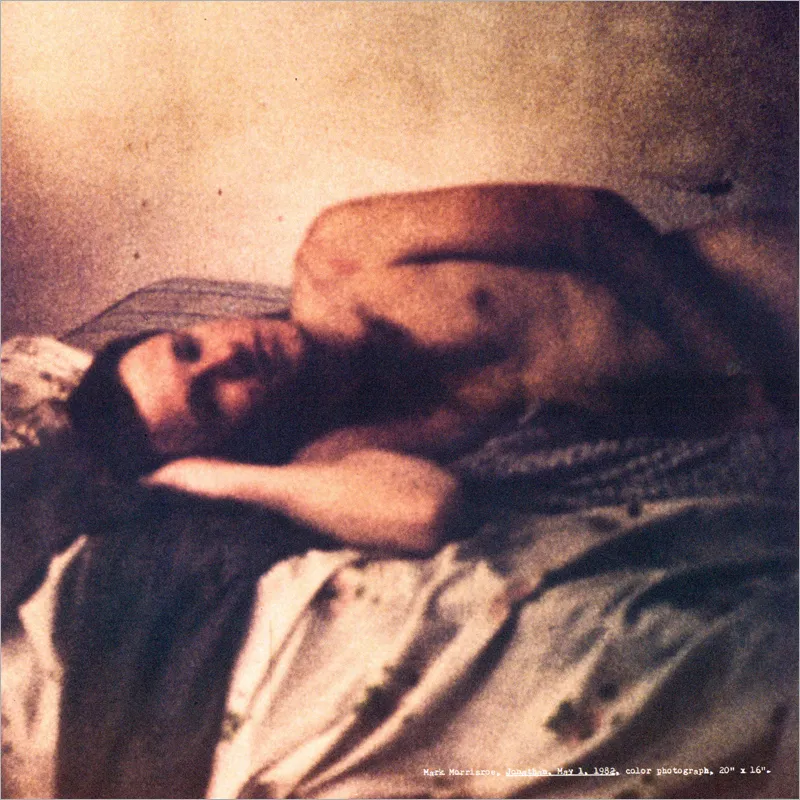
And that’s not even the close-up part. We wait forever till the guy comes back w/ the birth certificate and slides it across the marble counter w/ his fat fingers and BAM close-up now: in the blank space next to “father” (QUIET, QUIET, BOOM . . . BASTARD typed on the line (no reaction shots). “Thanks,” Mark gnarls, gives the guy $3.50 for the copy and we split.
ALBERT DE SALVO aka the BOSTON STRANGLER was a running theme between me and Mark from the day I met him. We spent a day walking all over Boston. visiting the sites where the nurses were murdered. Supposedly de Salvo lived next door to Mark and his mother in Malden when Mark was little. The story I heard was that Mark used to fool around w/ de Salvo’s son under the stairs and that Albert de Salvo caught them once and screamed at them. Later this evolved into Mark had been molested by de Salvo himself. But if you knew Mark toward the end of his life, he told you shyly and perhaps with hesitation as though not to harm you: Albert de Salvo was my father.
Mark’s work is like CASPAR DAVID FRIEDRICH in a donut shop. These few pictures of me, well a couple are great, a couple are just of me. I don’t know what I hope to convey by presenting them to you here, something about him of course, something about me. But you who can—you would be wise to see more.
______
Further
Mark Morrisroe @ Wikipedia
‘Viewing Mark Morrisroe: Whimsy in the Face of Danger’
‘Mark Morrisroe: From This Moment On’
‘9 pm to 5am: Underground Boston and Mark Morrisroe’
‘Love From Bertha: Queer World-Making In The Art Of Mark Morrisroe’
‘Exposed for Eternity: Mark Morrisroe’s Walk on the Wild Side’
‘Mark Morrisroe’s Self-Portraits and Jacques Derrida’s “Ruin”‘
Video: ‘FOTOGRAFIE: MARK MORRISROE’
‘All the Cat Photographs in Mark Morrisroe’s 2011 Publication’
‘The Tragi-Comedy of Mark Morrisroe’
‘Moving images that belie their brutal undertones’
CINDY SHERMAN ‘Untitled (In honor of Mark Morrisroe)’
‘Mark Morrisroe’s Battered Brilliance’
‘Emotional Metaphors – Discourse on Animals in the Work of Mark Morrisroe’
Jameson Fitzpatrick ‘Morrisroe: Erasures’
Mark Morrisroe books @ Amazon
_________
Photographs
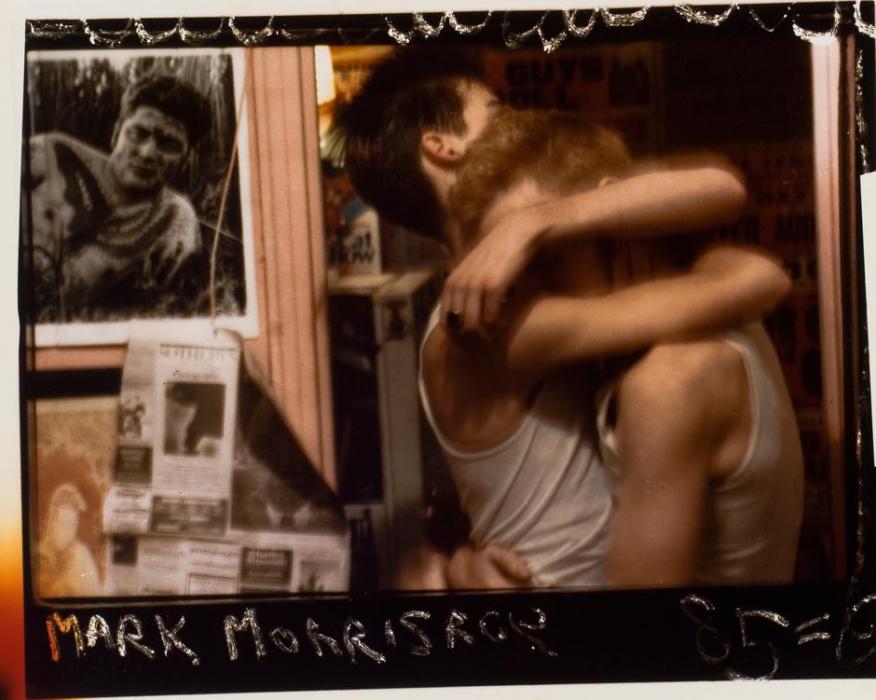
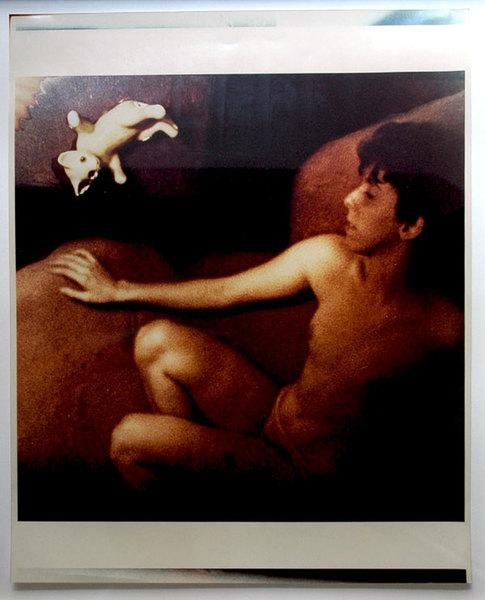
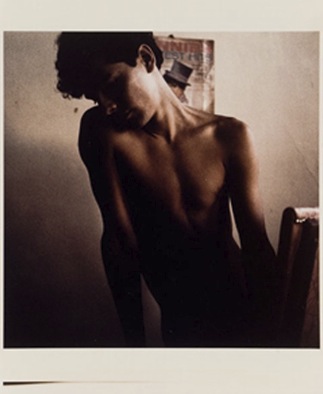
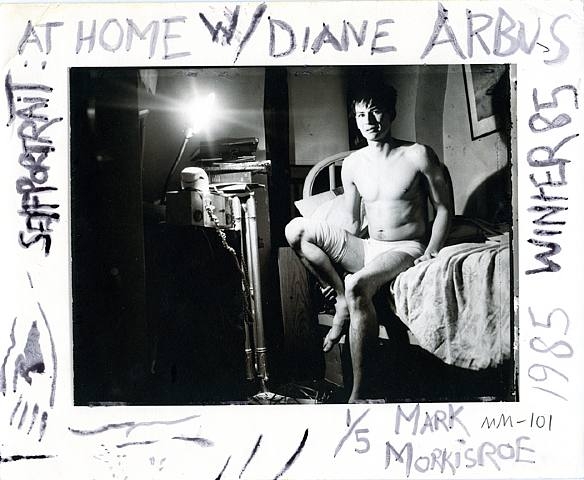
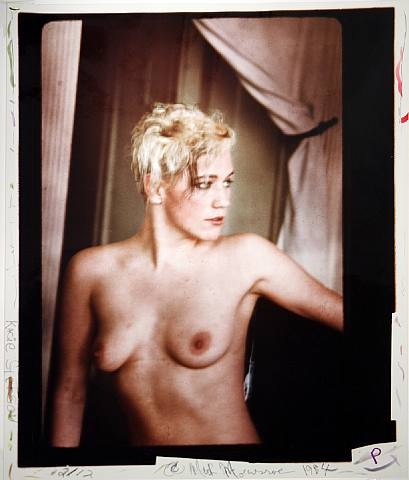
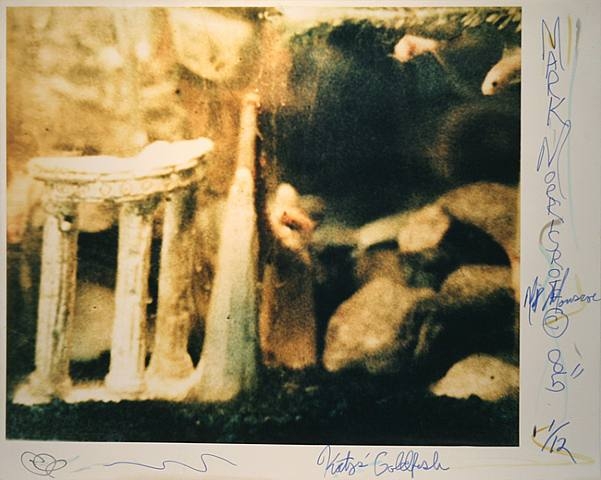
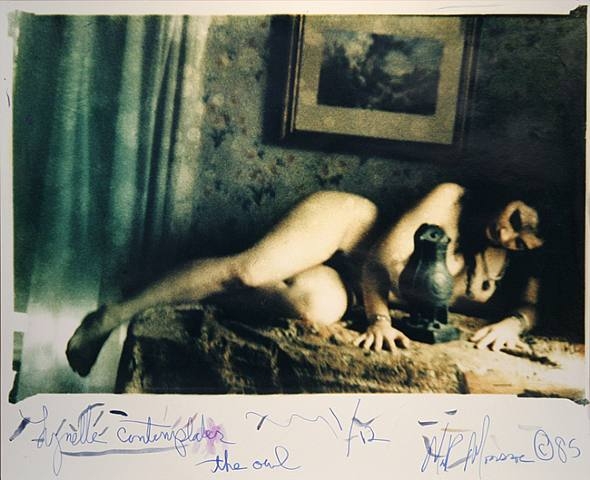
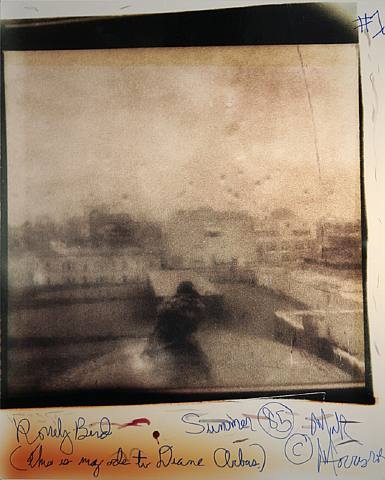
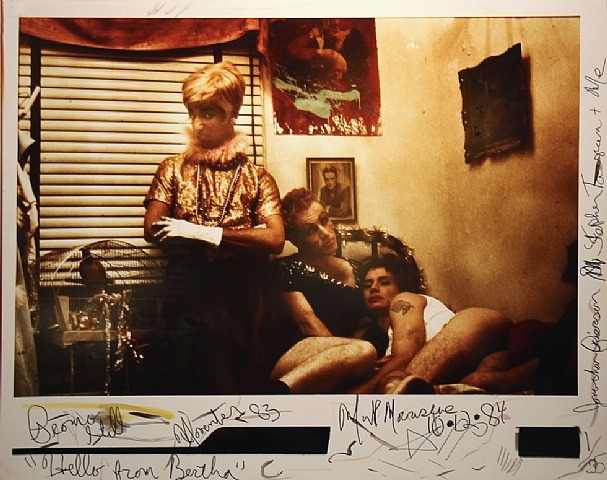
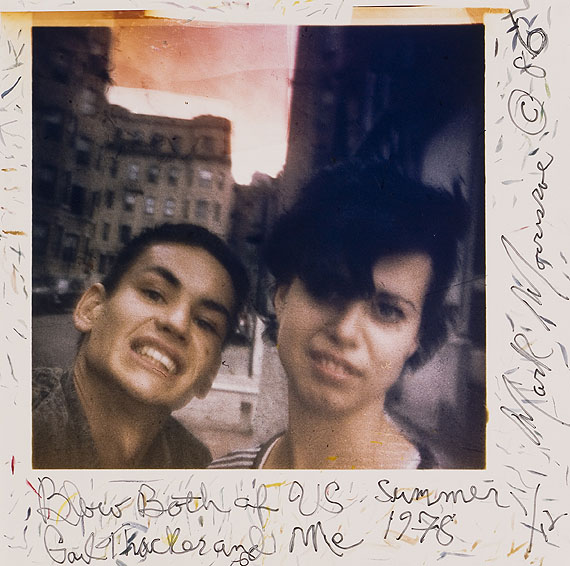
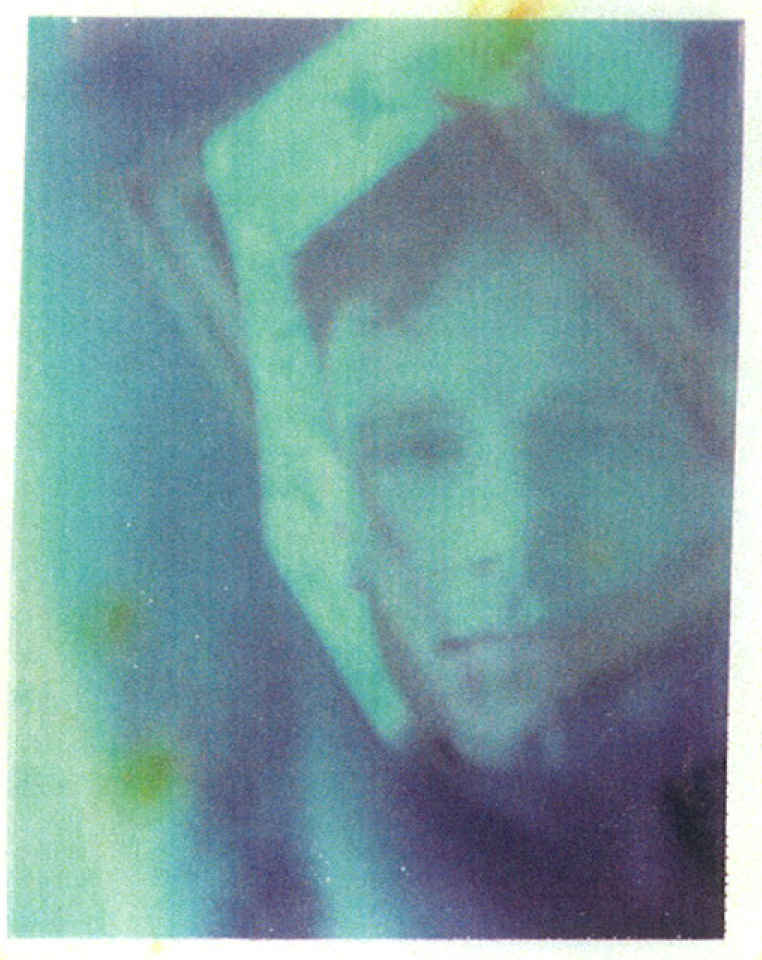
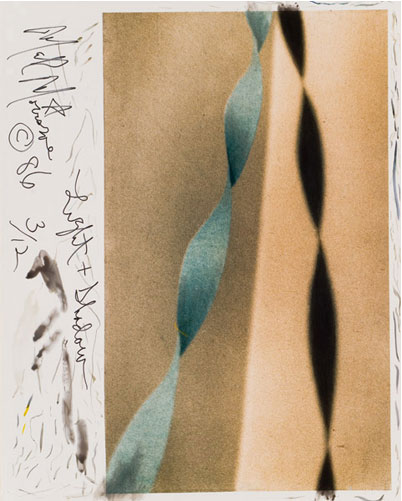
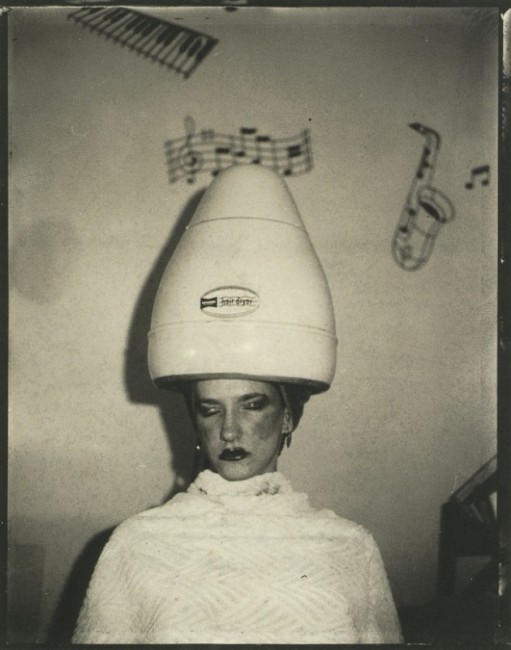
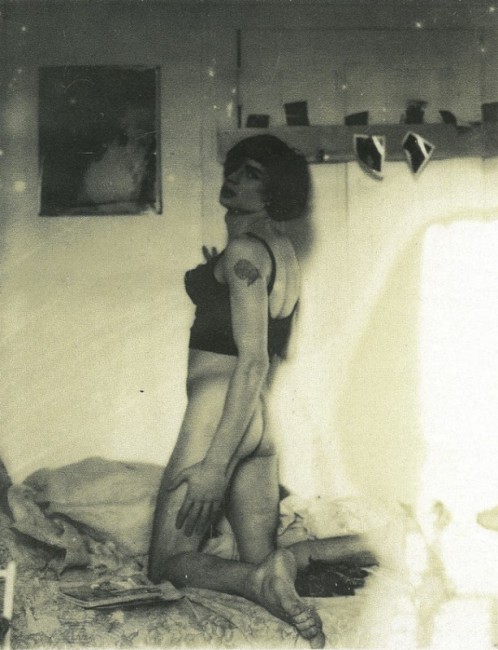


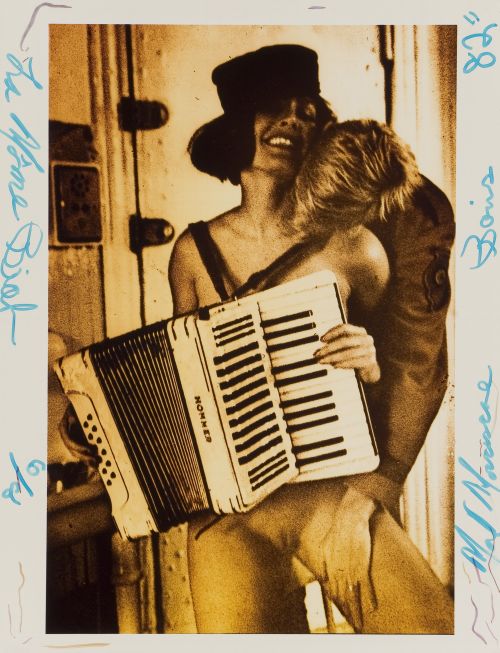
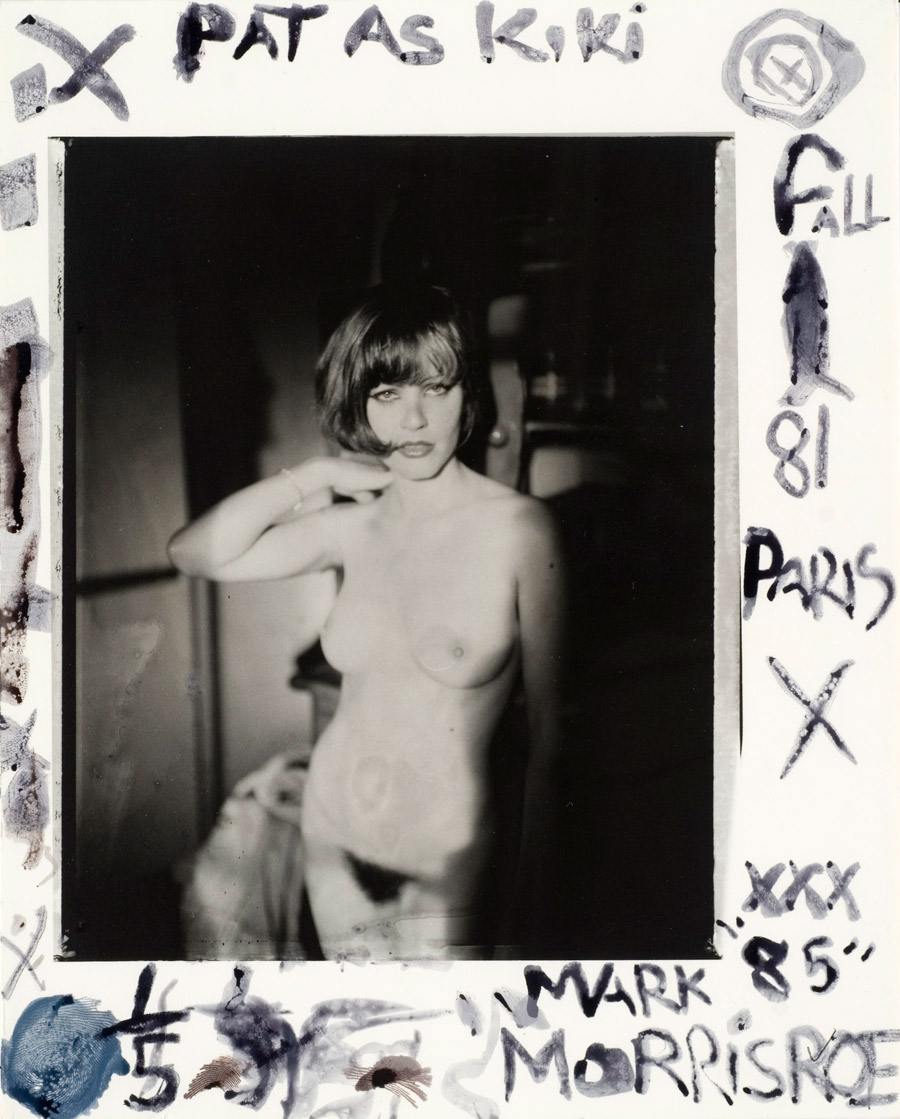
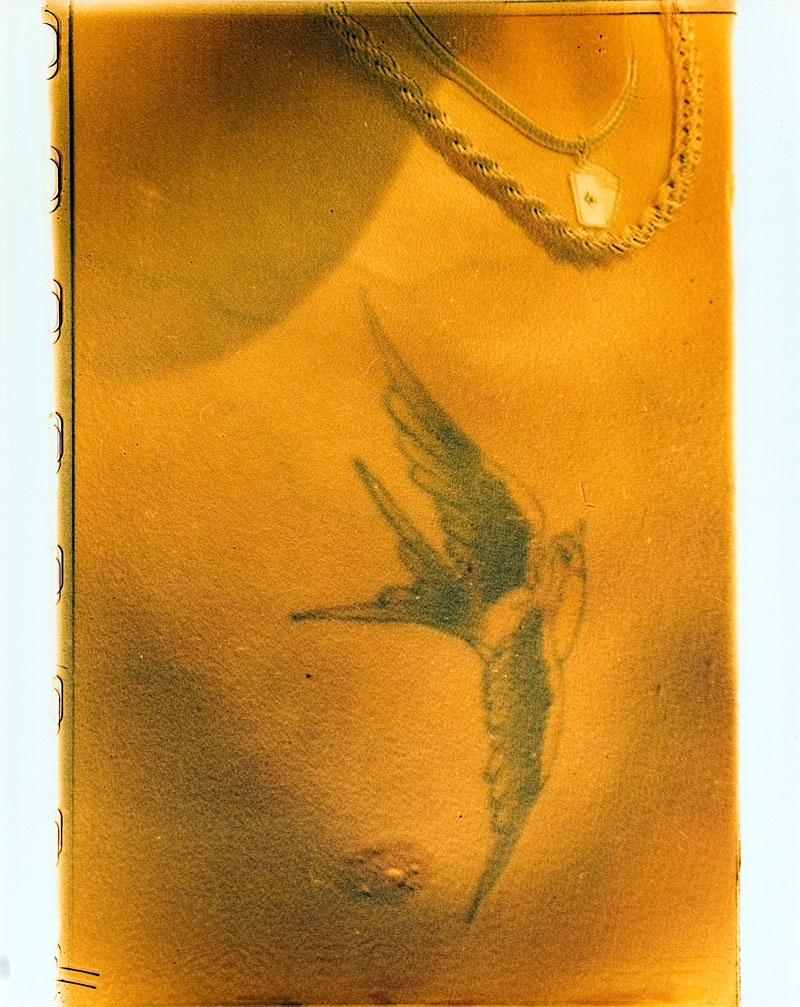
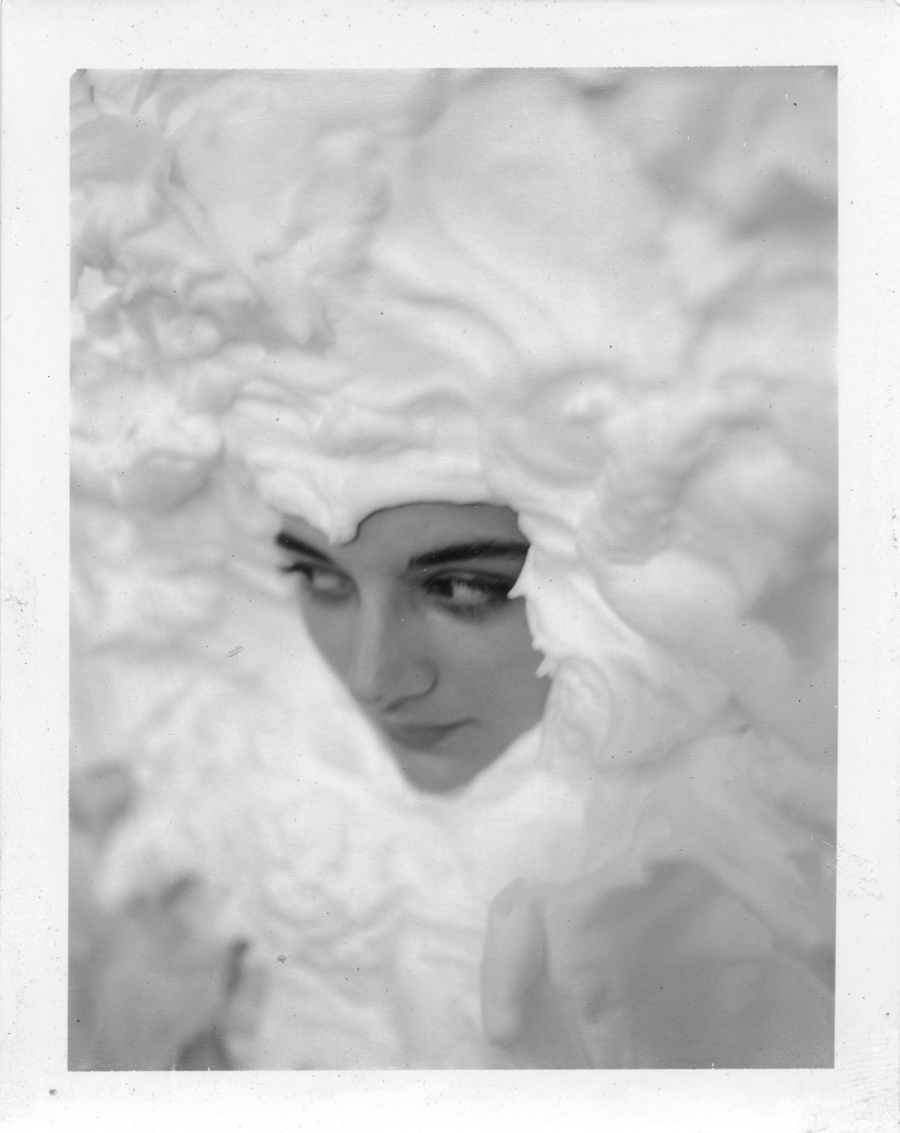
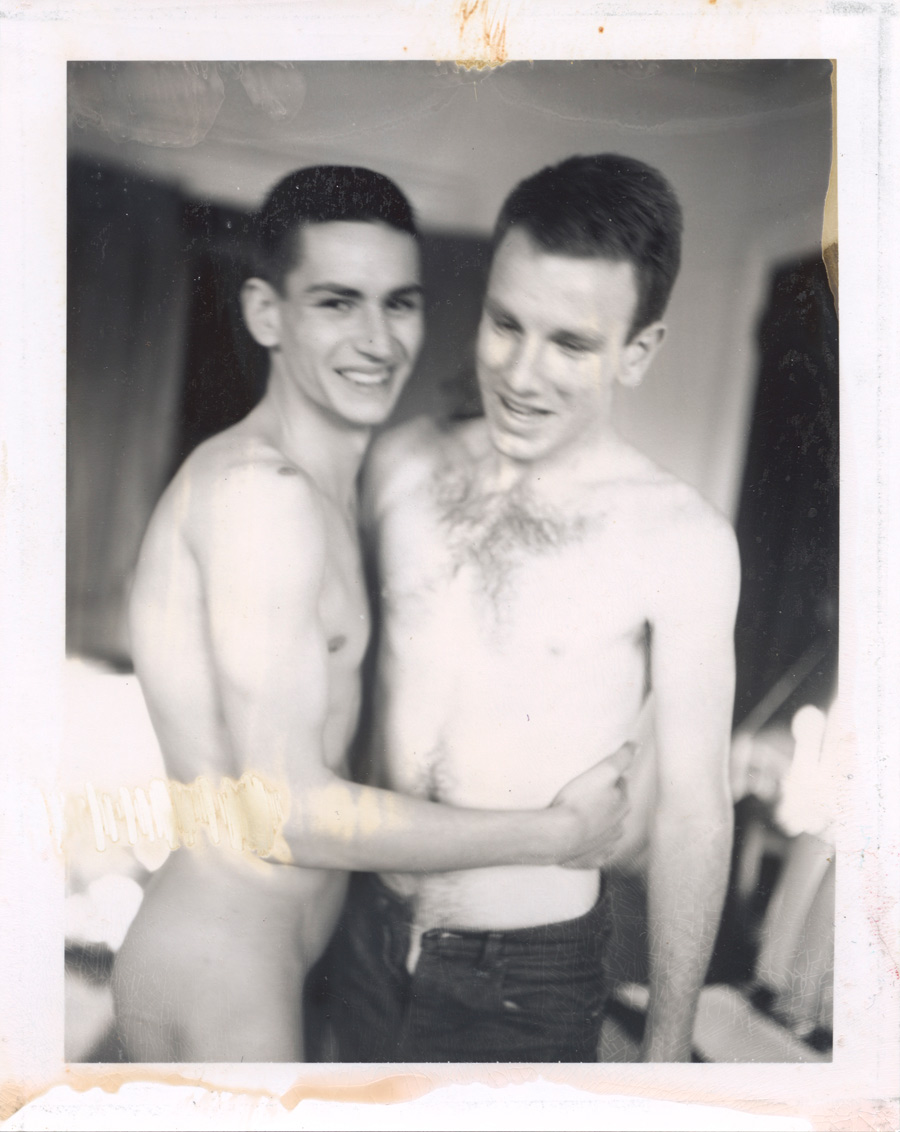
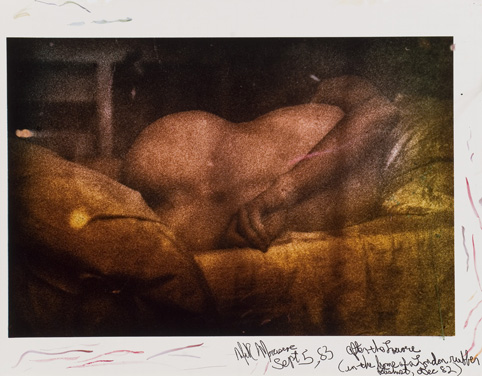
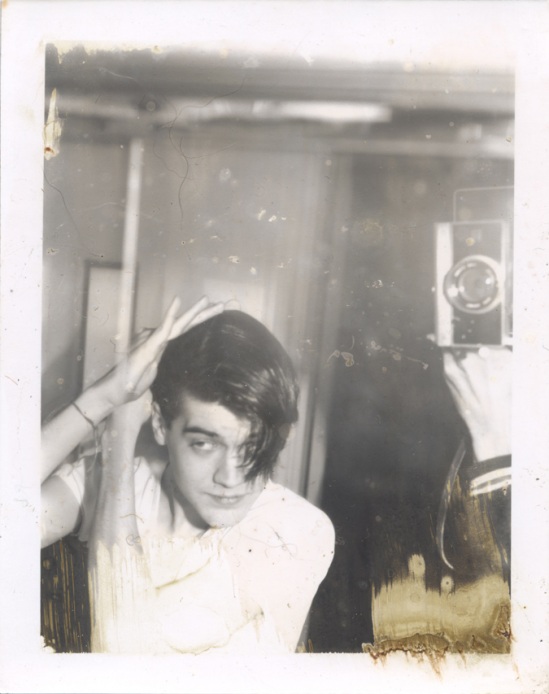
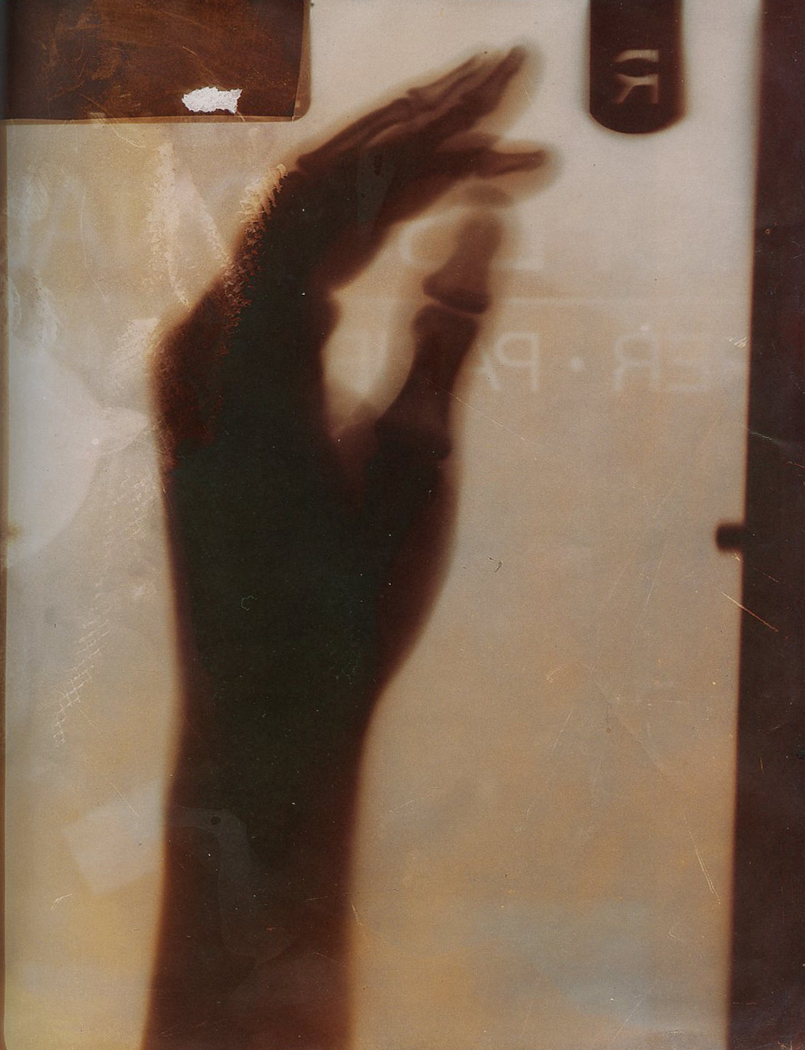
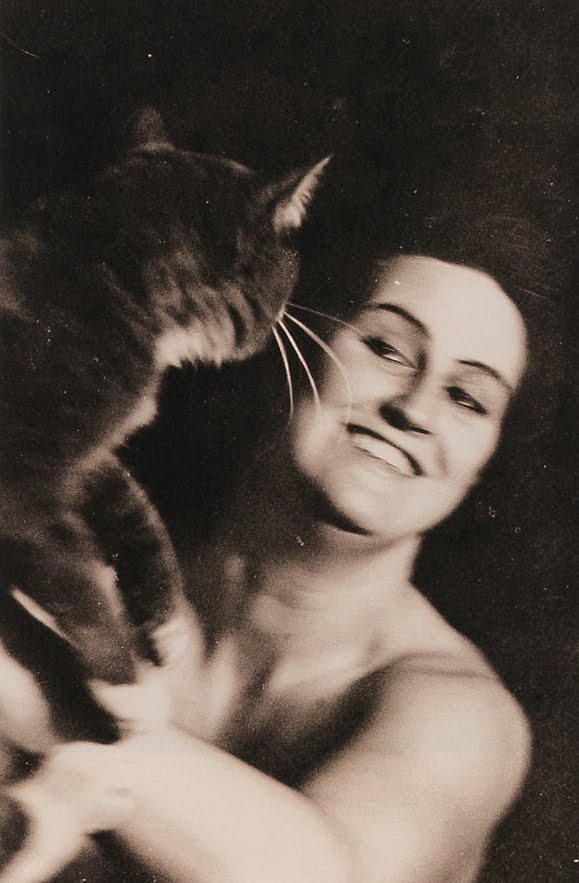
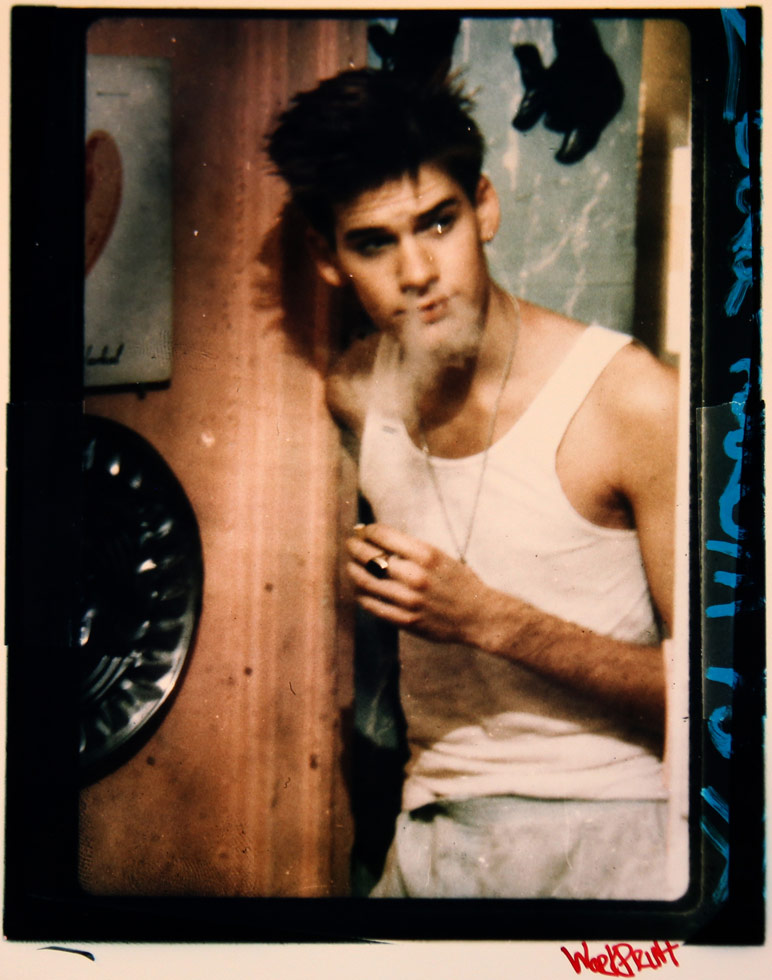
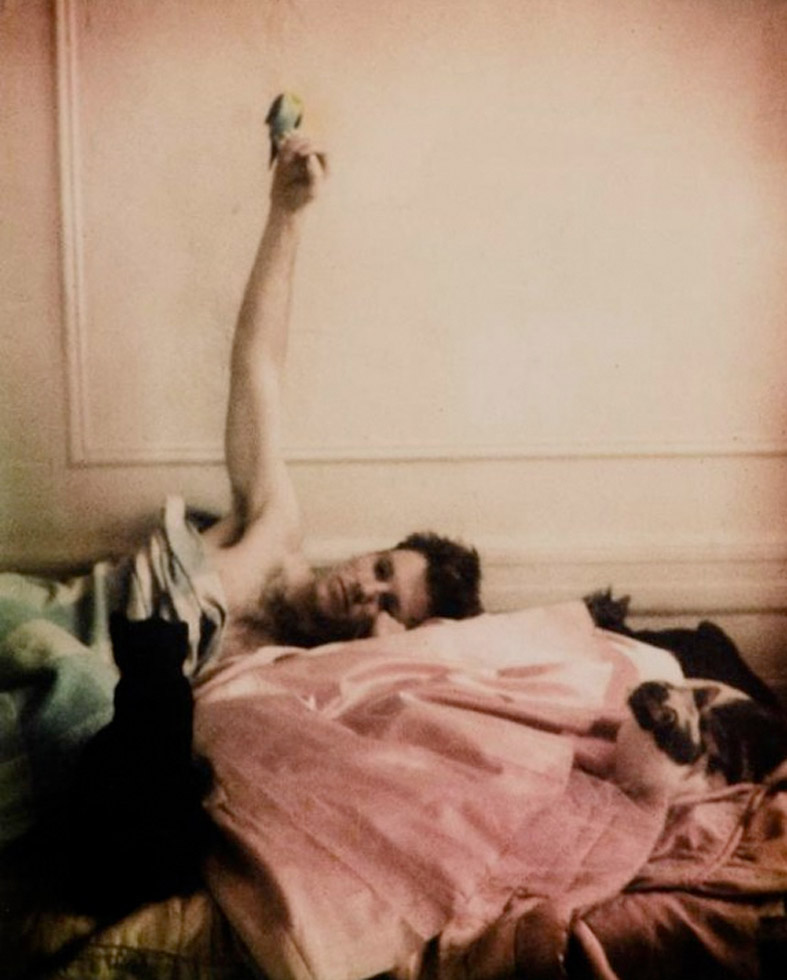
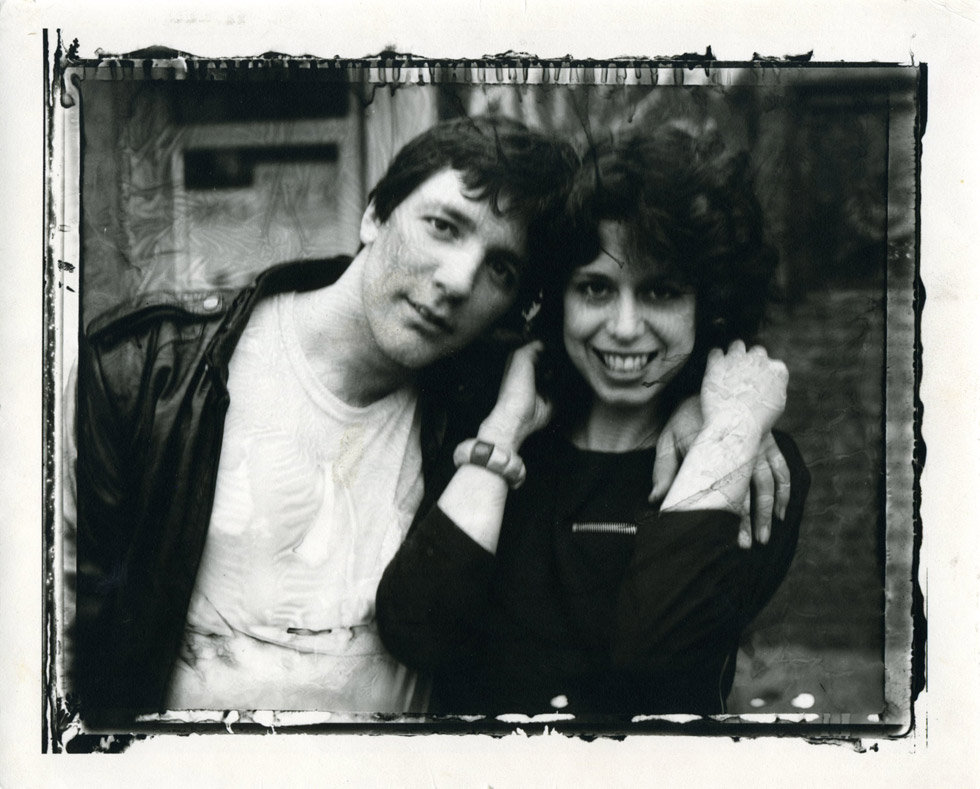
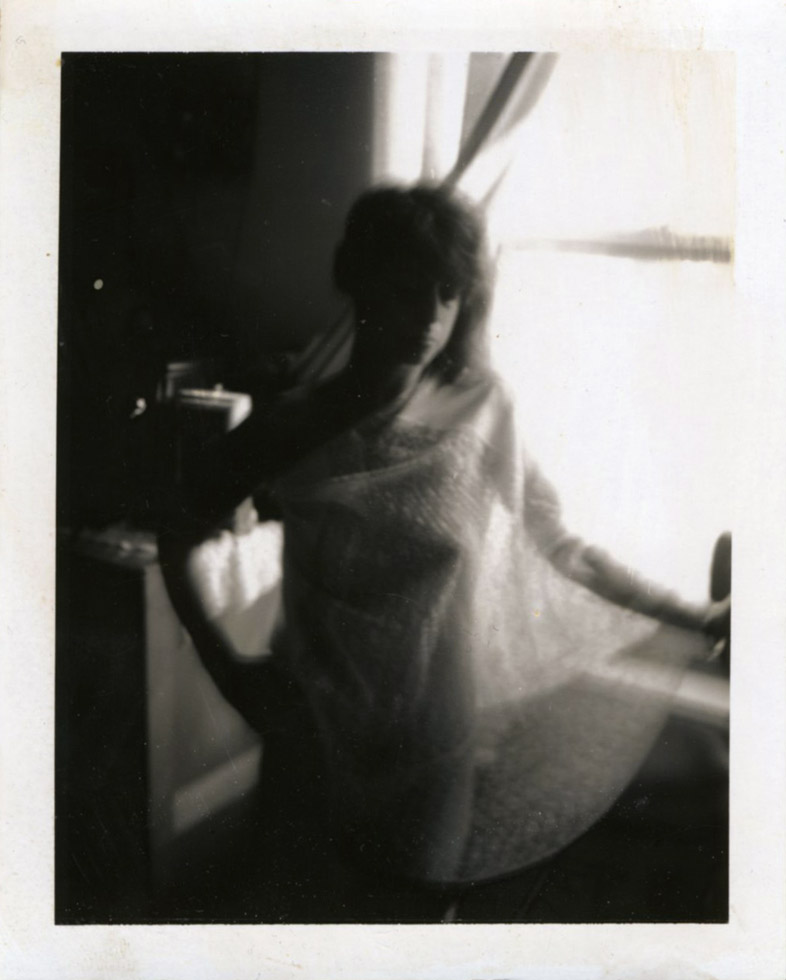
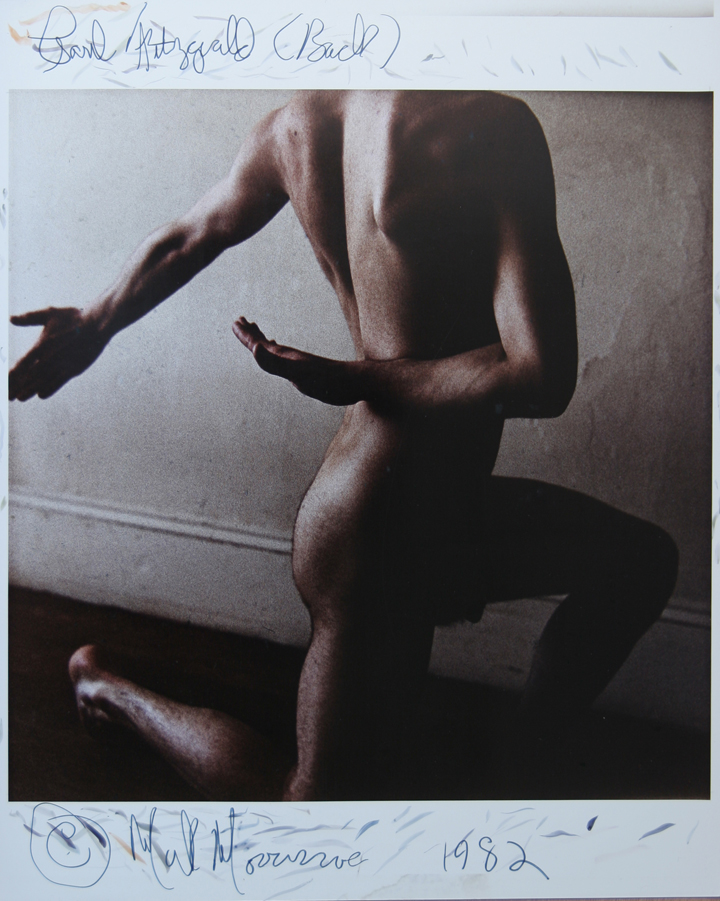
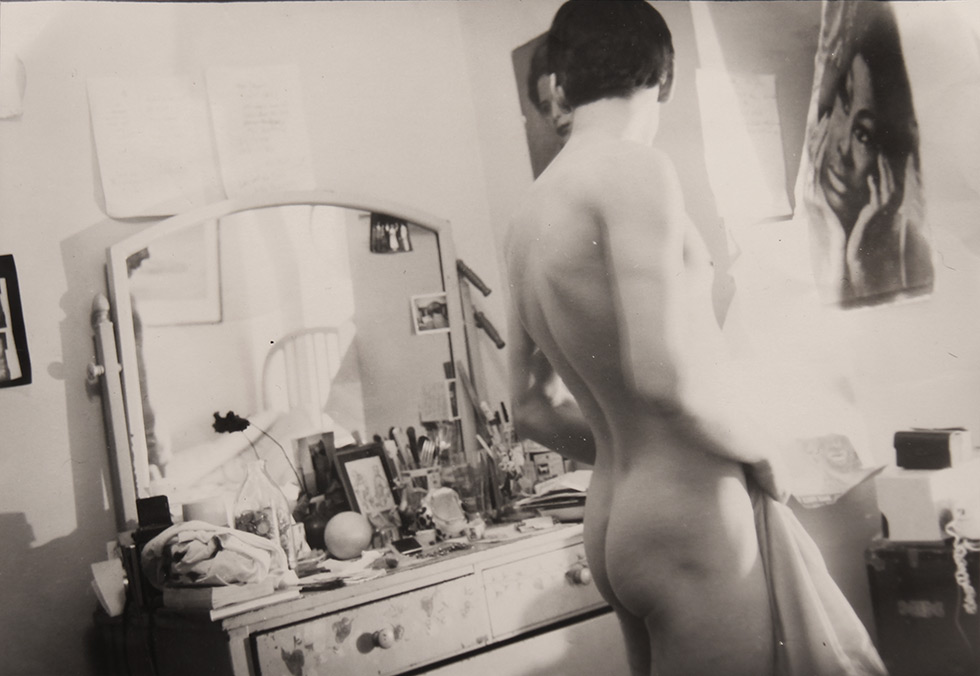

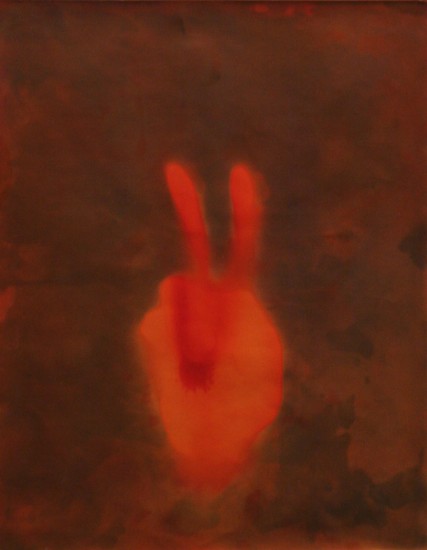
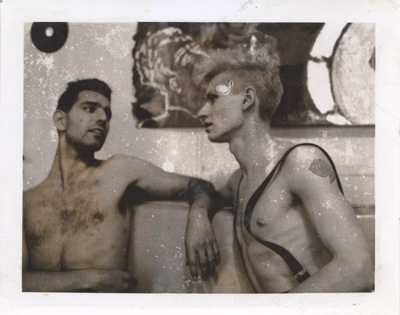
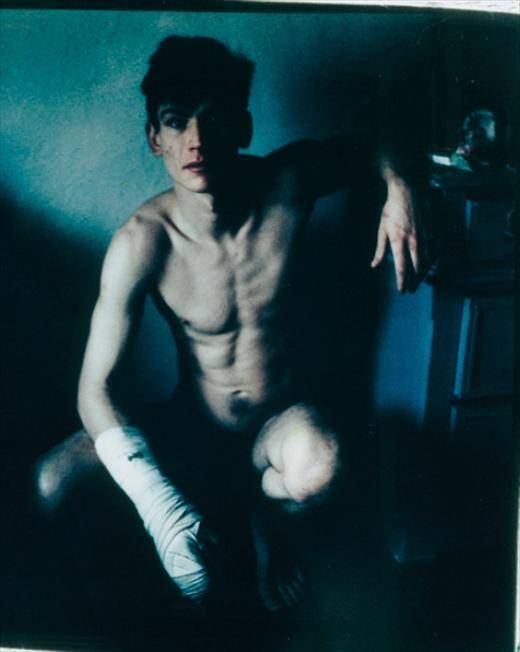
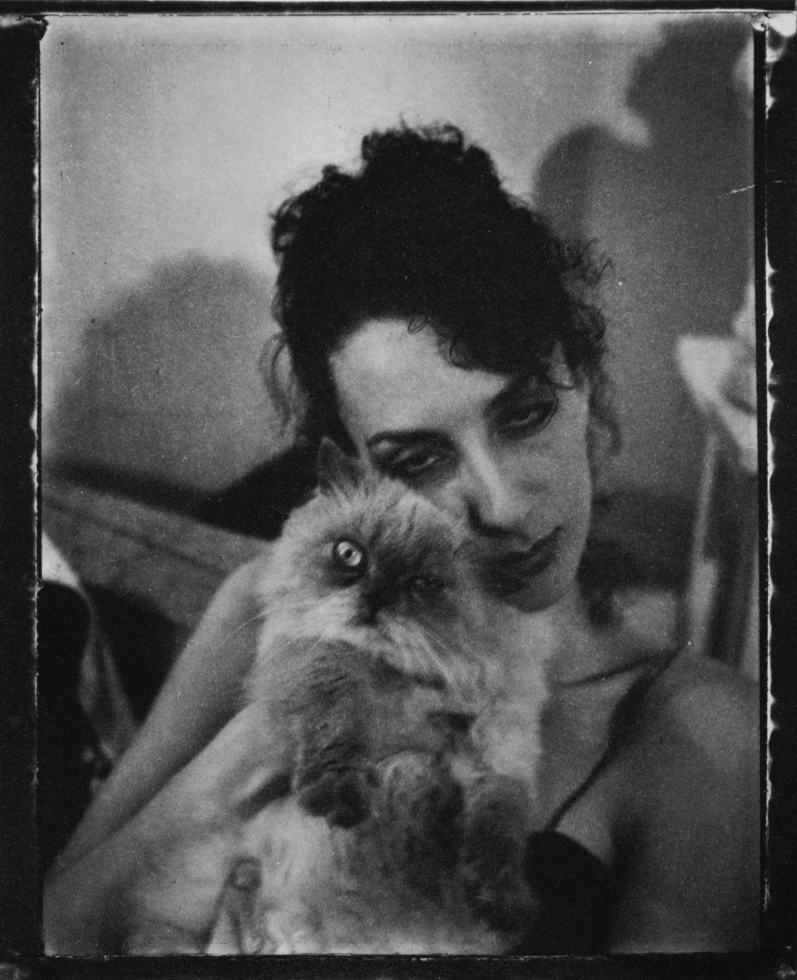
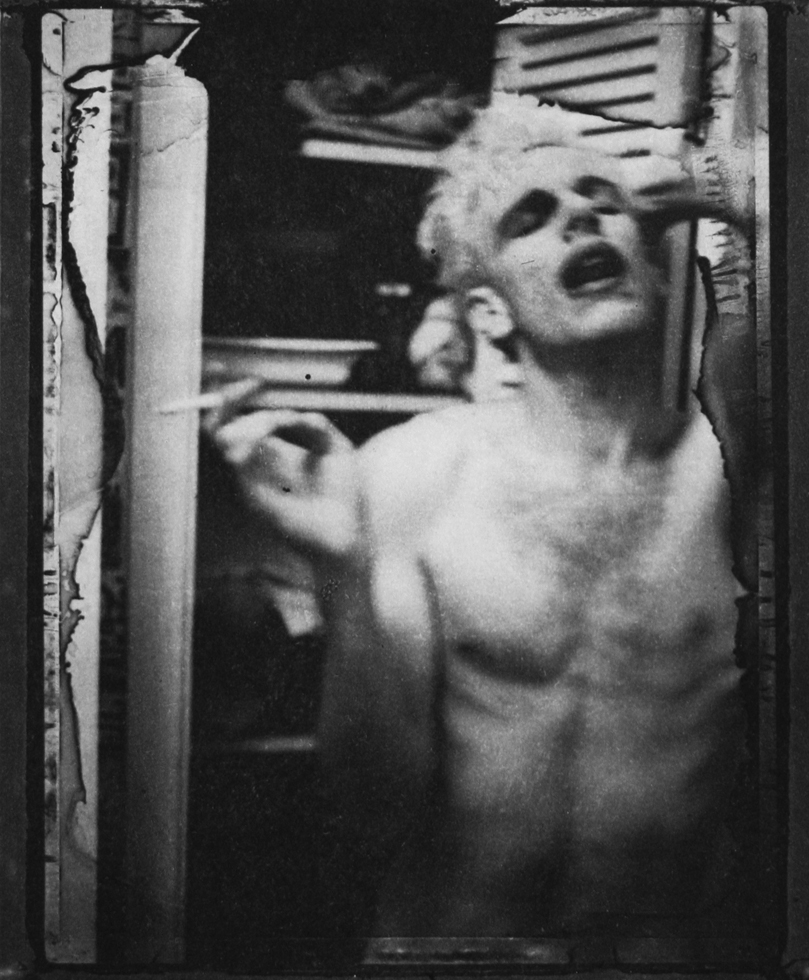
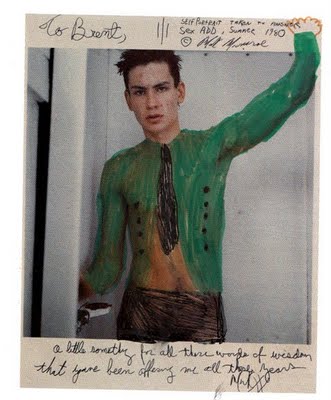
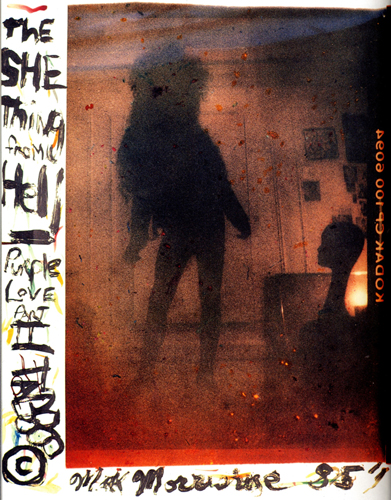
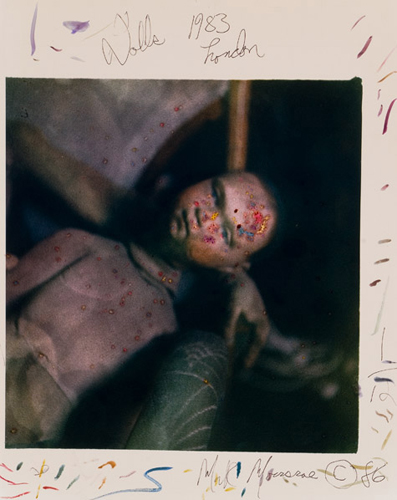
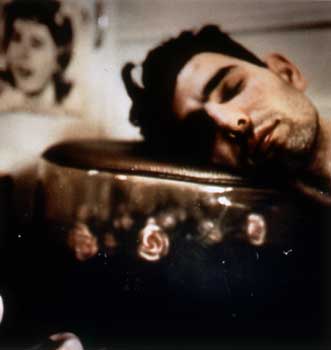
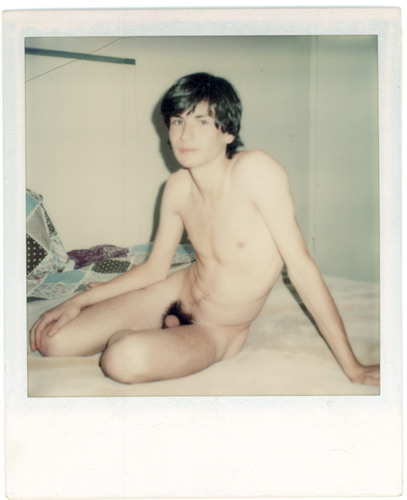
*
p.s. Hey. ** Dominik, Hi!!! Still not, on the shades? Facebook pleas, wow, it’s serious. He’s very attached to them. High hopes. If love can’t find them, who can? Next time he should put a tracking chip in them just in case. I still try to pay in cash as much as possible, I don’t know why. Probably for the same reason I only use my phone for calls, texts, taking photos/videos, and a rare GPS search when I’m lost. I agree with love on his choice of escort click bait. I do wish love didn’t snore like a leaf blower, G. ** jay, Sure, pal. The photos come from the escort and slave sites. I just mix and match and do other tricks to hide the true identities of the actual writers. Submissions? I don’t think that’s ever happened, but why not. The blog has secrets, but not those. ** Corey Heiferman, Hi. Uh, things with the film are horrible right now, and I best not get into that here. I too liked that balls guy, yes. Obviously, I suppose. Yes, get those people on the roof. Stop yer procrastinating, buddy. You’ll be glad. It’s not hot here (yet), thank fucking god. Sorry. I think your reverie might also characterise most of the escort/slave commenters. It’s just that their hands are like the hands of Devon Sawa in ‘Idle Hands’. ** ellie, Hi, ellie! So good to see you. I’ve been mostly pretty good. What about you? What have you been up to, if you feel like spilling? I’ve missed talking with you too. xoxo. ** Steve, So sorry about your dad. Buck up, I guess. I don’t know what else you can do? That is interesting about ‘Channel Zero’. Dare I break my no TV series rule? Shit. I do like Nick Antosca. I met him once. He’s cool. No, Paris is remaining non-extreme on the weather front so far, apart from an inordinate amount of rain. I read about that heat dome, which I believe is already over you. You okay, if so? ** _Black_Acrylic, There’s some famous John Waters quote/warning about young people getting tattoos, but I can’t remember it. Regrets about Scotland’s poor start, but, yes, onwards and upwards! ** Lucas, Hi, Lucas. Ah, geese, thank you. Sigh. There’s something about the particular green of the foliage where you are that’s especially Pied Piper-like. No, I intended to watch ‘Glow’ yesterday but something came up. But now I’m extremely itching to, so I will by hook or crook today or tomorrow at the very latest. Yeah, there’s actually kind of a blatant ‘secret’ clue early on in our film that the actor is trans, but people are so comfortable with the character that they don’t even pay attention to it. Fantastic weekend, great! Much deserved. Mine was not fantastic at all, but that’s my week and weekend fate for the time being. The concert was really fun though. Chug-a-lug that tea! I agree about the heaviness in Genet’s prose. It can be seductive, but it can also seem very thick sometimes. It’s kind of semi-cloudy and semi-sunny here at the same time if that’s even possible. Have a great start to a great week! ** Justin D, Hi. I must admit that Rohmer/Cadinot’ thing was the ultimate highlight of the post for me. Yes, as I just told Lucas, I will finally watch ‘Glow’ today or tomorrow if it’s the last thing I do, etc. And I’ll share my end of the opinions once I have. Film stress got worse this weekend, but it has to get worse before it gets better, or whatever people who spout homilies like that say. What’s on your horizon? ** Harper, Hi. It’s really like ‘Glow’ day here today. As I’ve said above, I am on the definite cusp/cliff edge of seeing it at last. The countdown has started. So interesting what you say about it. I couldn’t be more anticipatory. I had that experience when I saw ‘Pinocchio’ as a little kid too. It was huge. Thank you a lot for your amazing thoughts. And I hope your roller coaster is entering the final braking section of the tracks. ** DRBY😴, Heavily liking my imagining of what you’re story boarding. You typed eyes because it’s such a nice word? Drunk horny guys are poor candidates for friendship even when you’re not someone who’s giving them a boner. I think north is always the best direction. Well, except for Japan, I guess. North = less hot. Or it used to it at least. Who knows anymore. I do love LA though. So, given that you’re in NC, I think north is definitely the right direction. Your Art Appreciation book is so enlightened! I’m flabbergasted. I did start listening to Failure, and you are right, I’m pretty there. I hope your sleep did its trick. ** Oscar 🌀, I think the French pronounce it Os-CAR? I’ll check today. ‘Hey, French person, what’s another name for the Academy Award’? That should work. It may not surprise you that about half the people I knew when I was a kid called me Dennis the Menace. Maybe instead of asking French people about the Academy Award, I’ll say to them ‘Fill in this blank: “___ the Grouch” and then say “hi” to what filled in the blank.’ Don’t even get me started on how lowest common denominator Google is. But that’s a perfect example, yes. Right, Father’s Day, I forgot. Mine’s dead, so that’s okay. The concert was called My Eyes Glaze Over, which was a tribute concert to Peter Rehberg aka Pita who was a music maker, head of the important experimental music label Editions Mego, and a longtime collaborator with Gisele Vienne and me on our theater works, who died suddenly and young a few years ago. It was the second of two nights, and it featured Christian Fennesz, who was very good but went on a little long, and Grand River & Abul Mogard, who were pleasurable but, if there was a genre called NuDoom, they would be in it. The mess is about the film, and it got worse. The script: Zac and I started talking about making a short film next instead of going straight into another feature film, and the script would be for that, in which case it’s getting along. I didn’t eat pizza, but I ate an excellent vegan burger at a place called Ginzburger. Very good French fries too. I’m looking forward to the week. You? ** Right. I’ve restored an old post about Mark Morrisroe, a fascinating artist and character whom I think you will enjoy getting to know if you don’t already know him. See you tomorrow.











































 Now available in North America
Now available in North America 